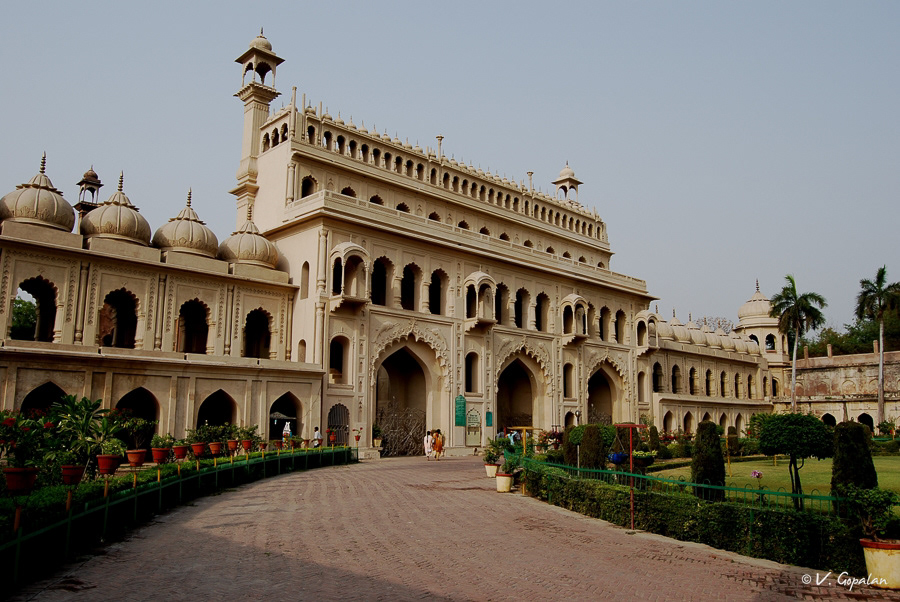Bada Imambada
According to historians, Asafuddaula used to laugh with no apparent reason, would abuse others and expected to be abused in return. We are aware of other interests of Nawabs but this is novel! He had immense respect for people who used filthy language and the more the obscene language the more he was pleased.
He was juvenile, unambitious and would drink with his servants. Now this is a glowing example where class consciousness disappears and the bourgeoisie and the proletariats become one – another side effect of liquor. Only thing his father could get him to do was to learn archery – really!
Asafuddaula, however had another unbeatable attribute – generosity. It is said that even today shopkeepers in Lucknow open their shops with his name on their lips. Of the many tales of his generosity, the biggest one is as follows.
Story goes that Awadh was hit by a severe famine in 1783. There was general starvation in the Awadh area. So instead of saying that people who do not have rotis to eat, let them eat tunde kebabs – Queen Mary Antoinette said something similar like “Let them eat cakes” and lost her head on the guillotine – he started the construction of Bada Imambara.
Not just the commoners but nobility which was feeling the heat of the famine also participated. This was something similar to our present day Mahatma Gandhi National Rural Employment Guarantee Act (NREGA). Probably, Keynes and Jean Drèze got ideas from the Nawab on generating employment.
Despite the continuous building and breaking, the Bada Imambada turned out to be magnificient. It rivalled the Moghul architecture. No iron or cement has been used in the building. The imambada boasts of one of the largest arched structure with no supporting beams. Under this vaulted chamber lies the simple grave of the Nawab.The grave of the architect also lies in the main hall. Asafuddaulah was truly generous and class blind.
On one side of the imambada is the baoli. Though the baoli is at a 45 degrees angle to the main gate, you can see the reflection of the main street in the baoli water. You could not figure out the optical illusion or miracle. According to the guide, the reflection carries clear colors so that the guards inside could see the red uniforms of British soldiers at the main gate. Its just like a CCTV watching your front gate.
The other side of the imambada has the Asfi mosque with towering minars. The mosque was also built as part of the relief measures. Like what I have heard at Jhansi & Mandu, there is an apocryphal story about a tunnel here too which goes all the way to Delhi and Allahabad.


